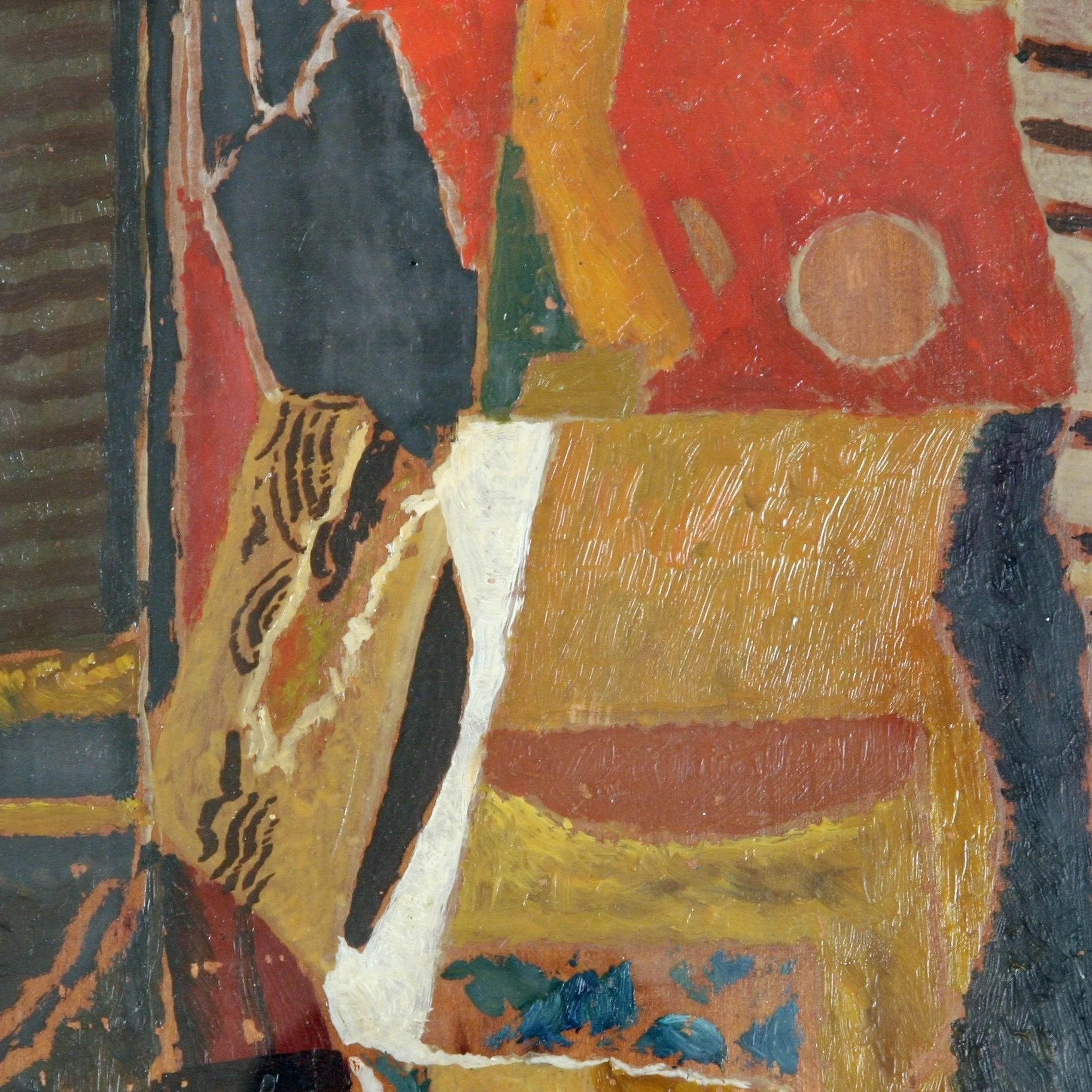Max Papart (French, 1911-1994)
Biography
Max Papart was a French artist from Marseilles. He is known for his unique style, a synthesis of Pop Art and Cubism which eludes straightforward categorisation.
Max Papart was a painter as well as a printmaker and teacher. He was born in Marseille and attended the School of Fine Arts there before moving to Paris in 1936.
Max Papart’s first solo exhibition was held at Galerie André Maurice in Marseilles in 1946.
Max Papart had a successful career in Paris in the 1950s, ‘60s and ‘70s. He participated in group exhibitions of the École de Paris at Galerie Charpentier and held solo exhibitions. When his style was still in its formative year in the late 1940s and early 1950s Papart won many awards, among them: Prix de l’Union Méditerranéenne pour l’Art Moderne, 1948; Lauréat Prix Hallmark, 1949; Prix de la Critique, 1950; Prix de la Jeune Peintre Paris, 1950; Lauréat de la Biennale de Peinture, Menton, 1951. Papart learned the classic technique of engraving when he arrived in Paris, but from the 1960s onwards he combined the classic process with the technique of etching with carborundum invented by his friend Henri Goetz. In the years 1969 to 1973, Papart taught printmaking at the University of Paris VIII-Vincennes. Throughout the 1960s and 1970s, Papart worked on solidifying his international reputation. In 1978 Max Papart accepted a professional partnership offer and an invitation to move to New Orleans by Keneth Nahan.
Max Papart was an important artist of the post-war Parisian avant-garde and has on many occasions been called ‘the direct heir of Cubism’ (Green, 1984: p. 15). Today his works are held in many public and private collections in Europe and America.
Related artists
André Lanskoy / Youla Chapoval / Serge Charchoune / Jeanne Coppel / Anna Staritsky / Pierre Dmitrienko / Albert Bitran / Francis Bott
Available works
Please see below the selection of available original artworks by Max Papart.


